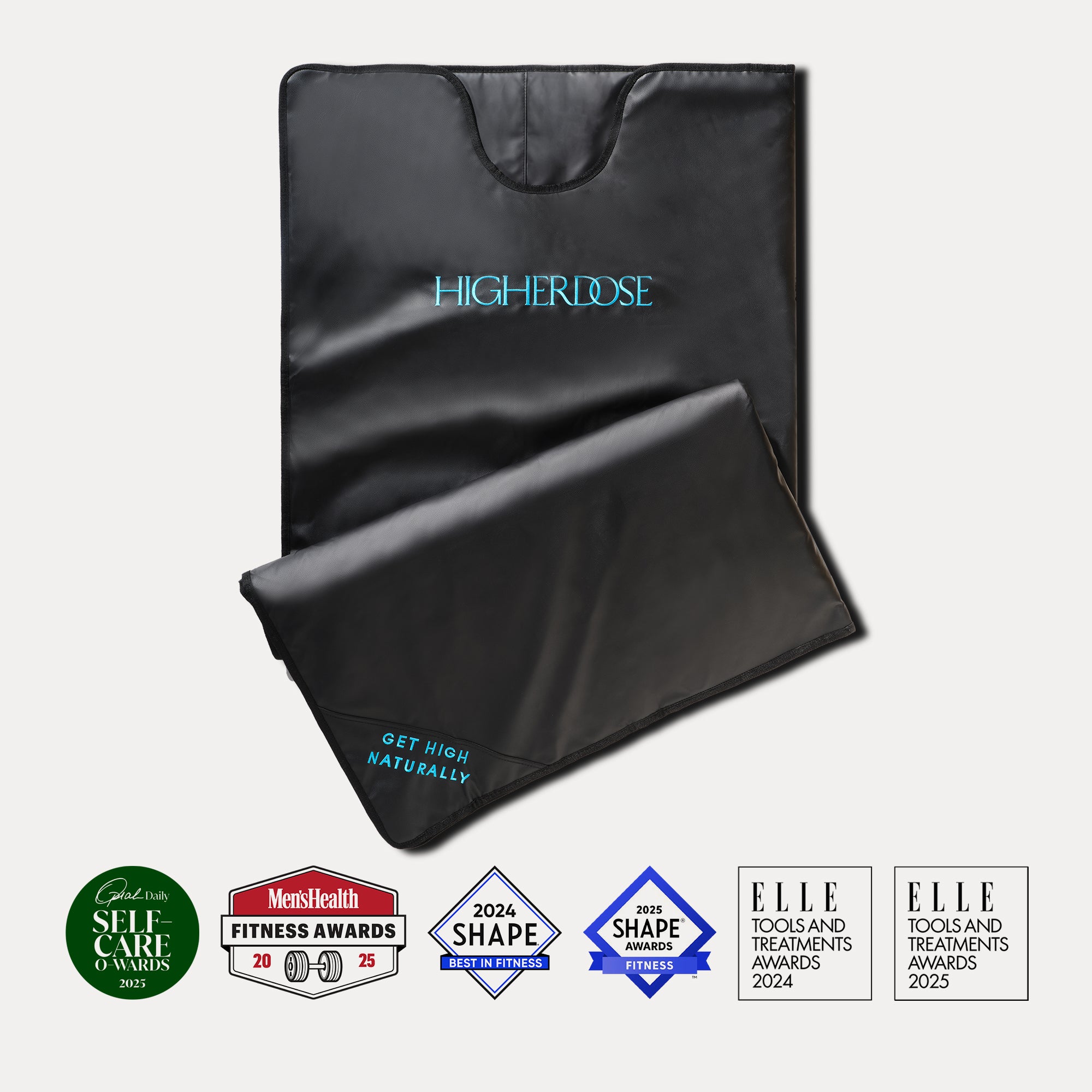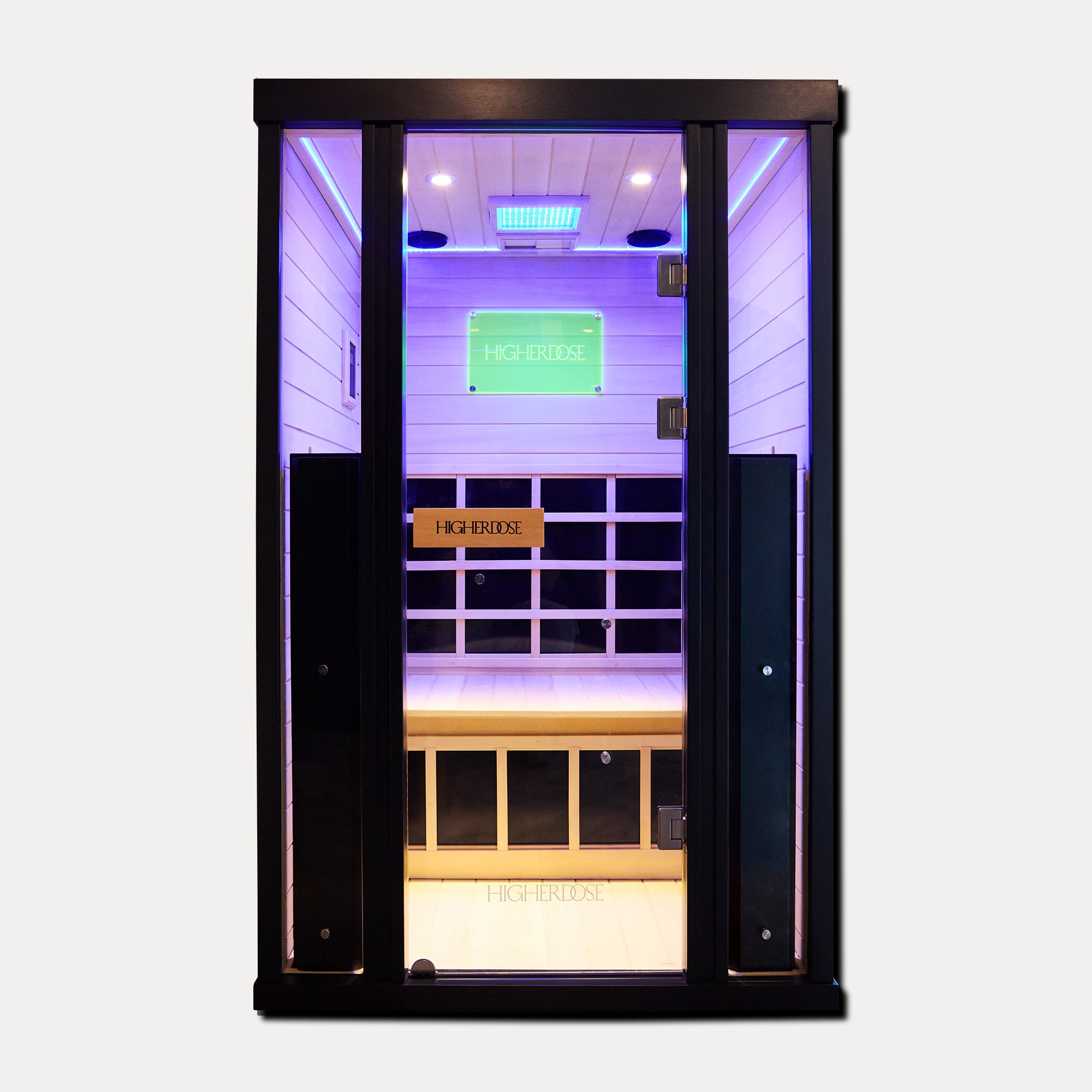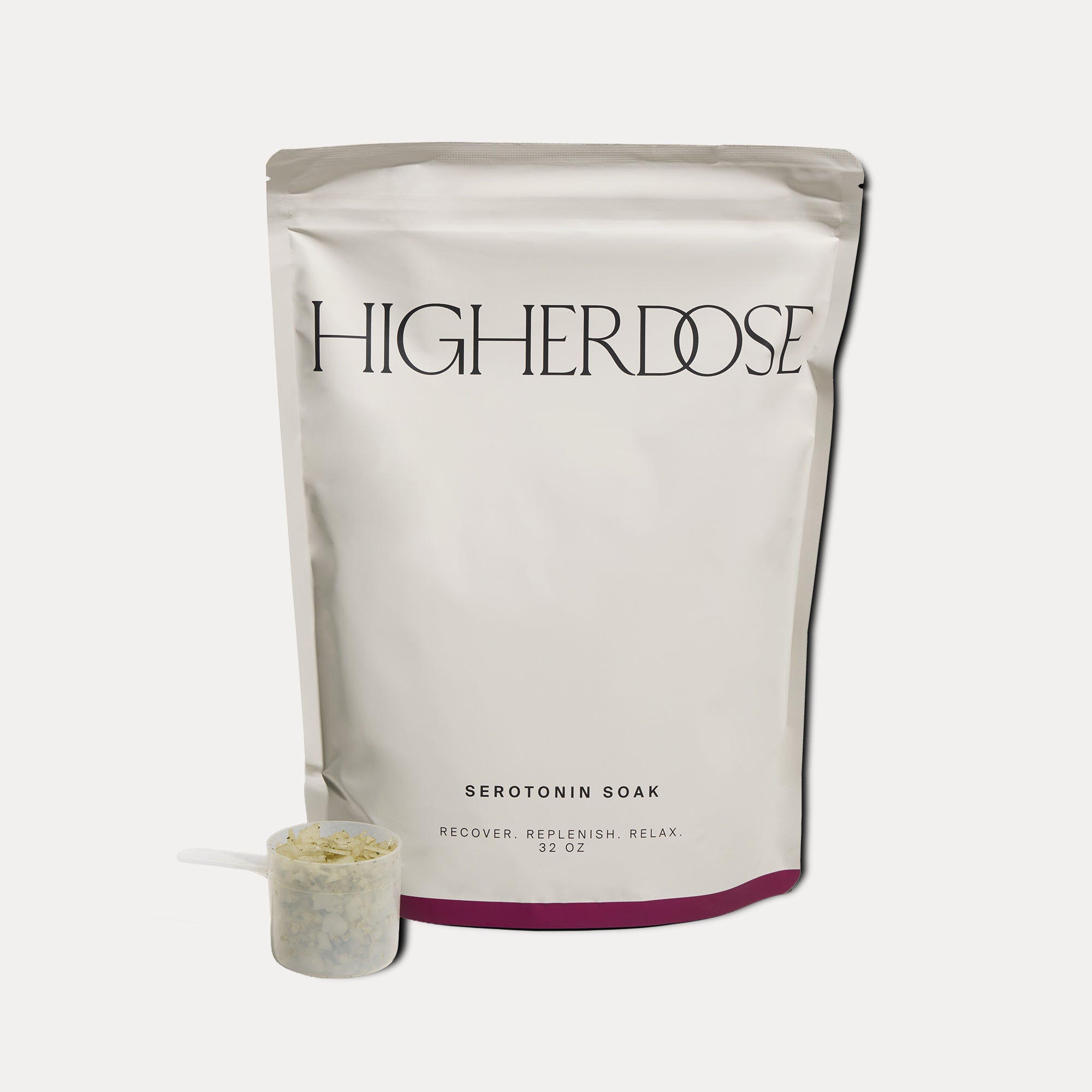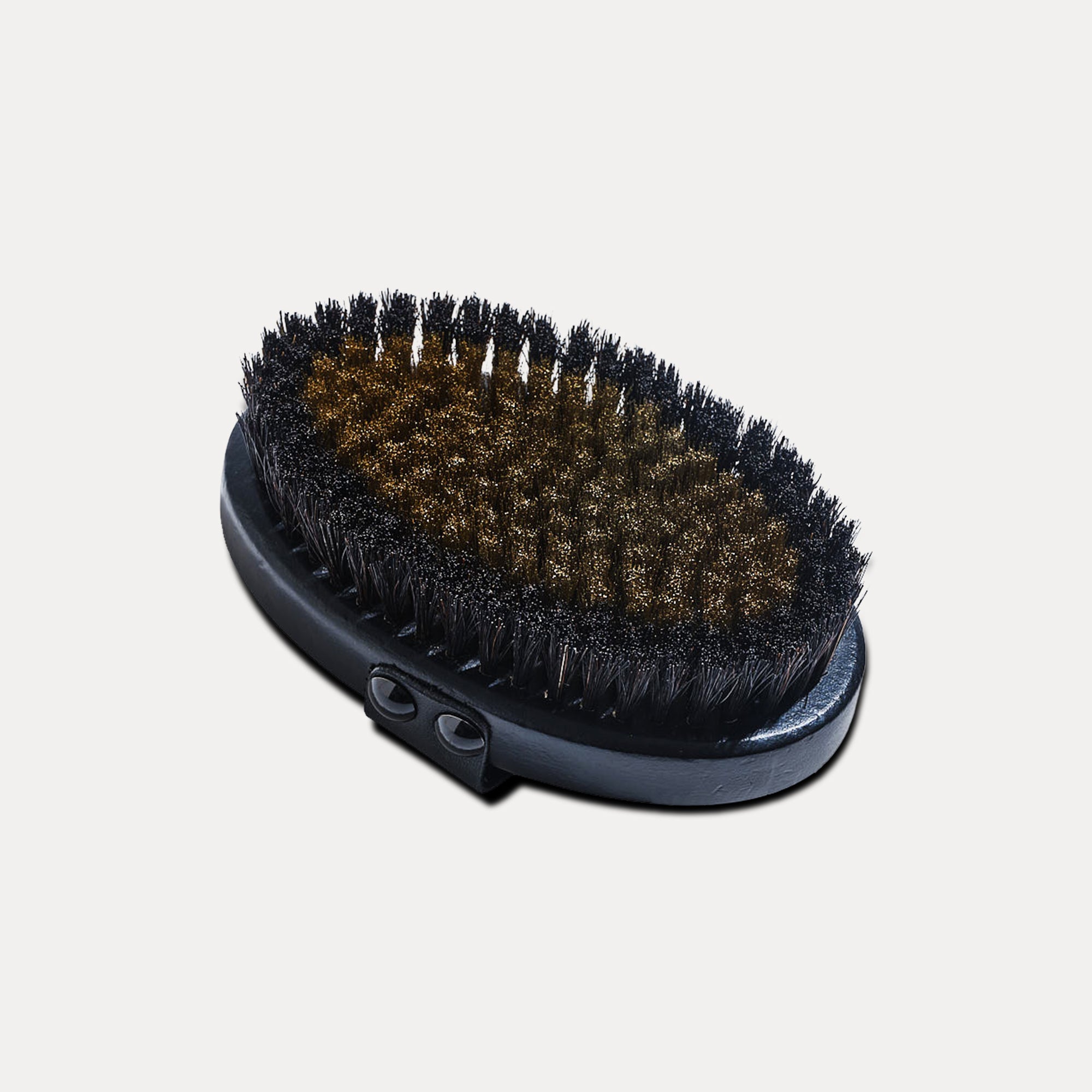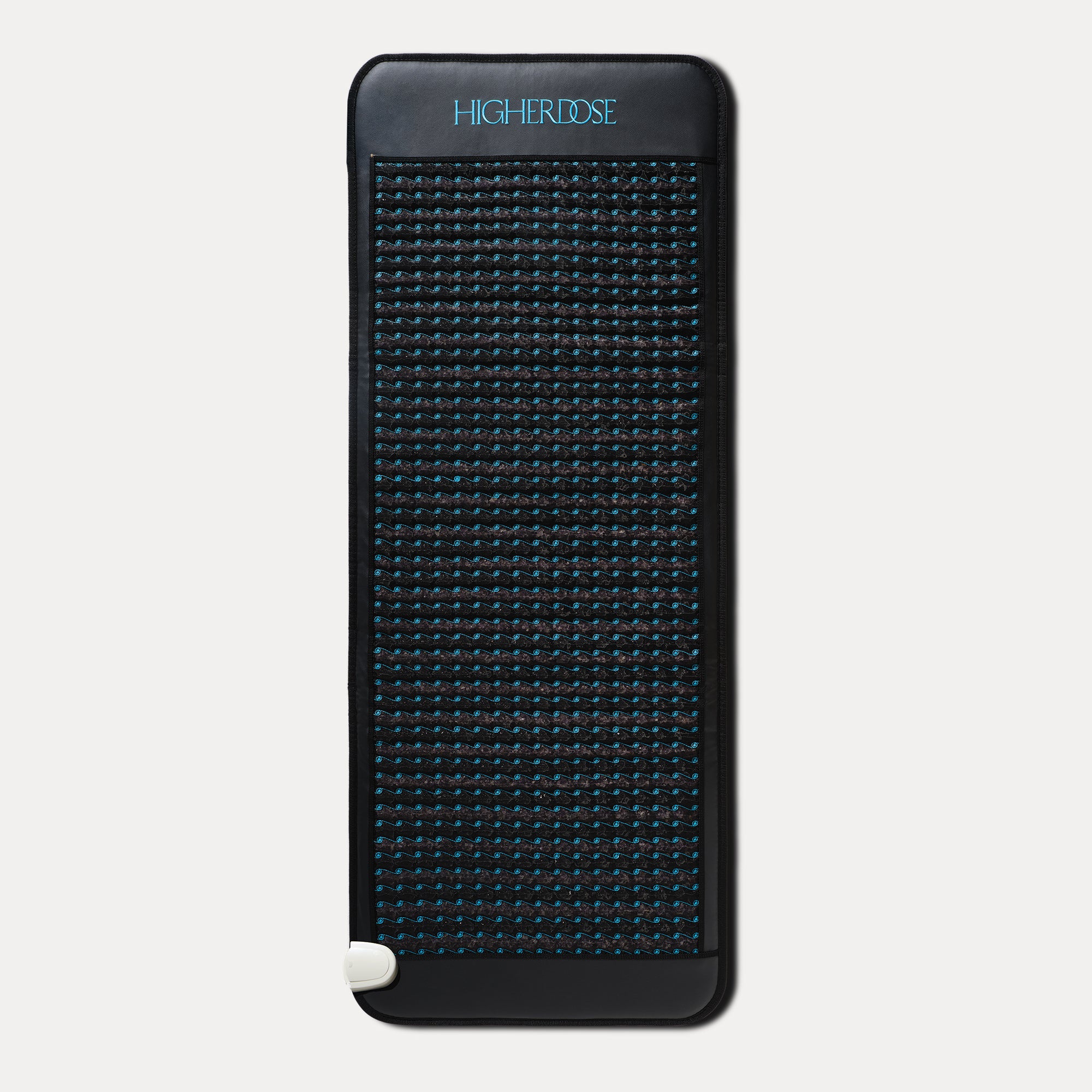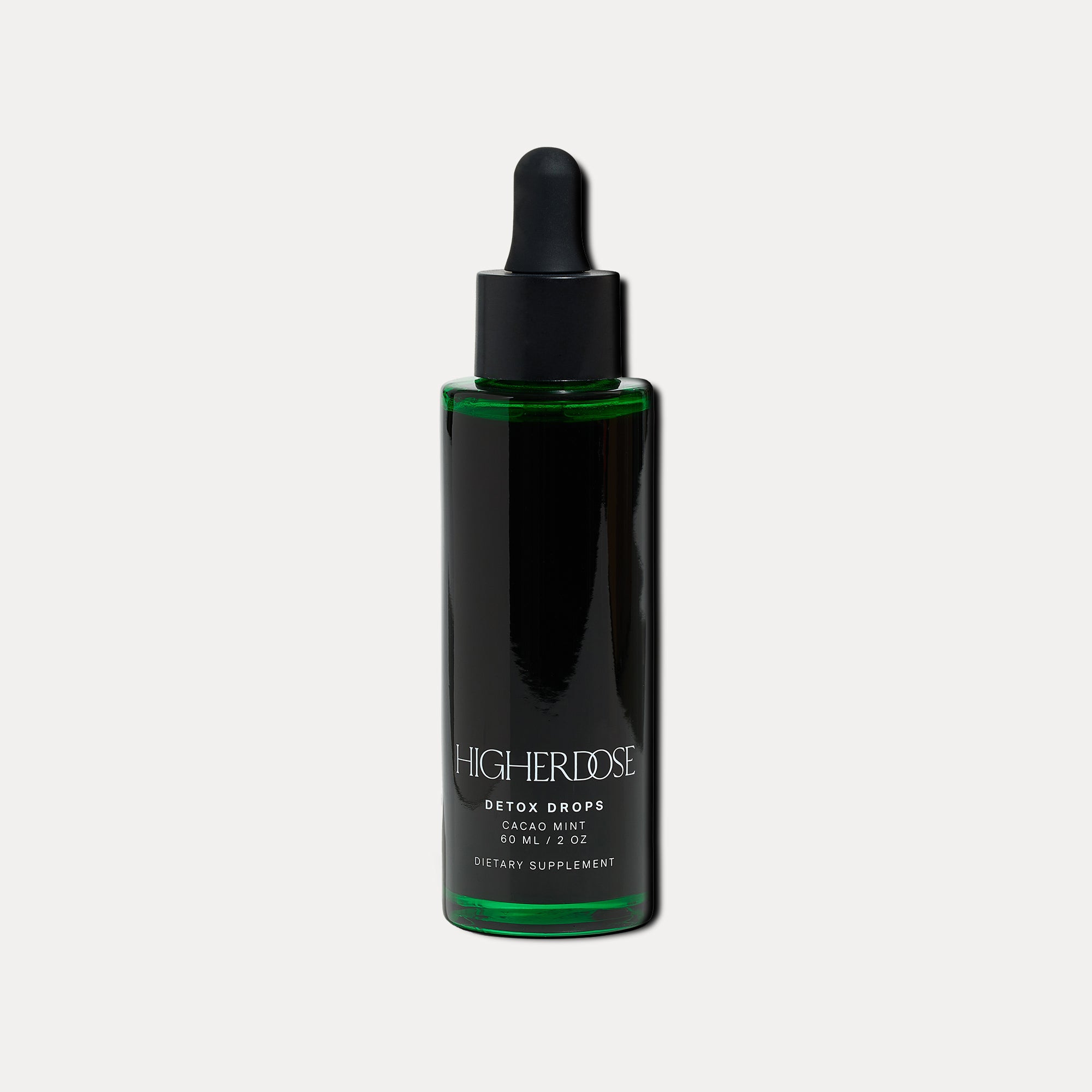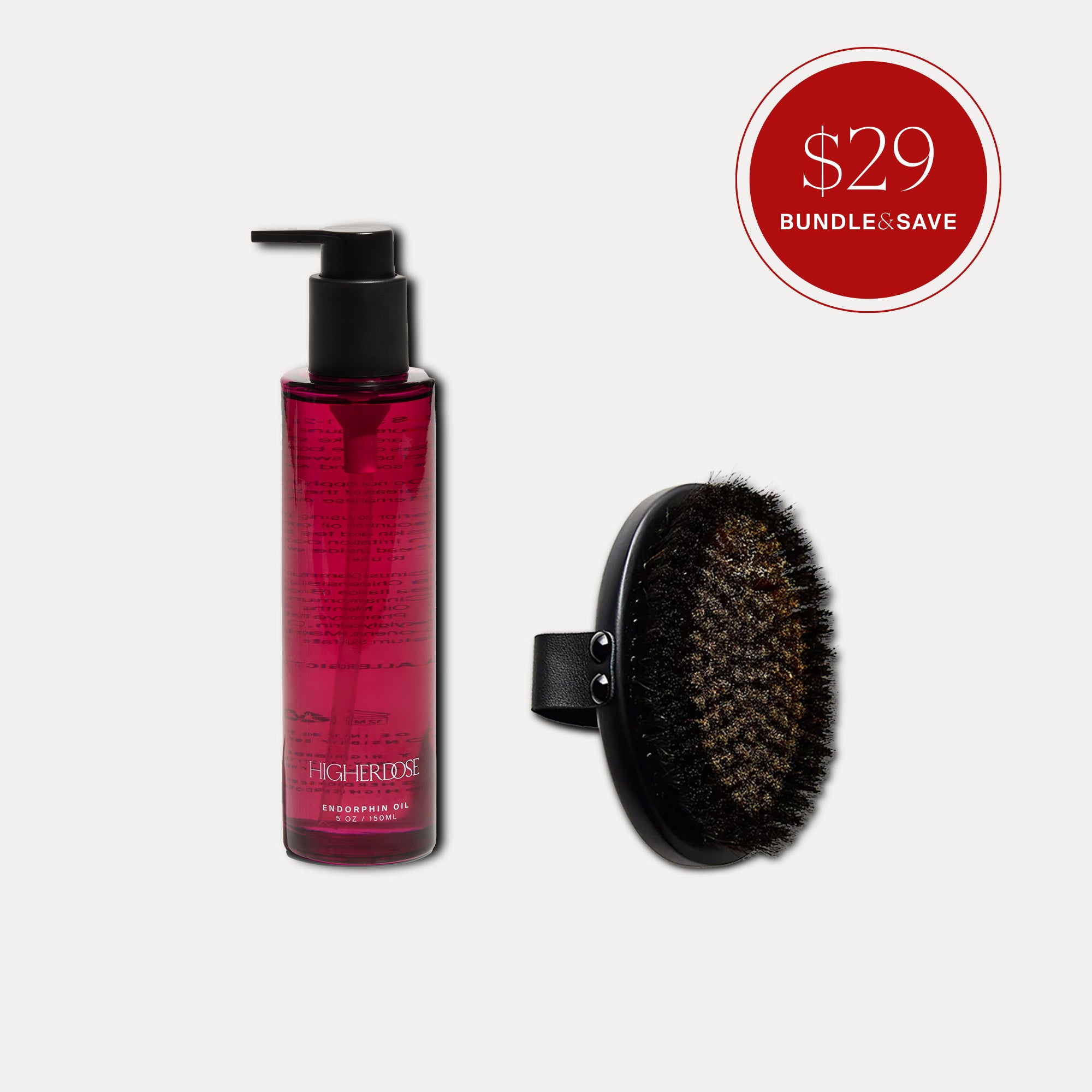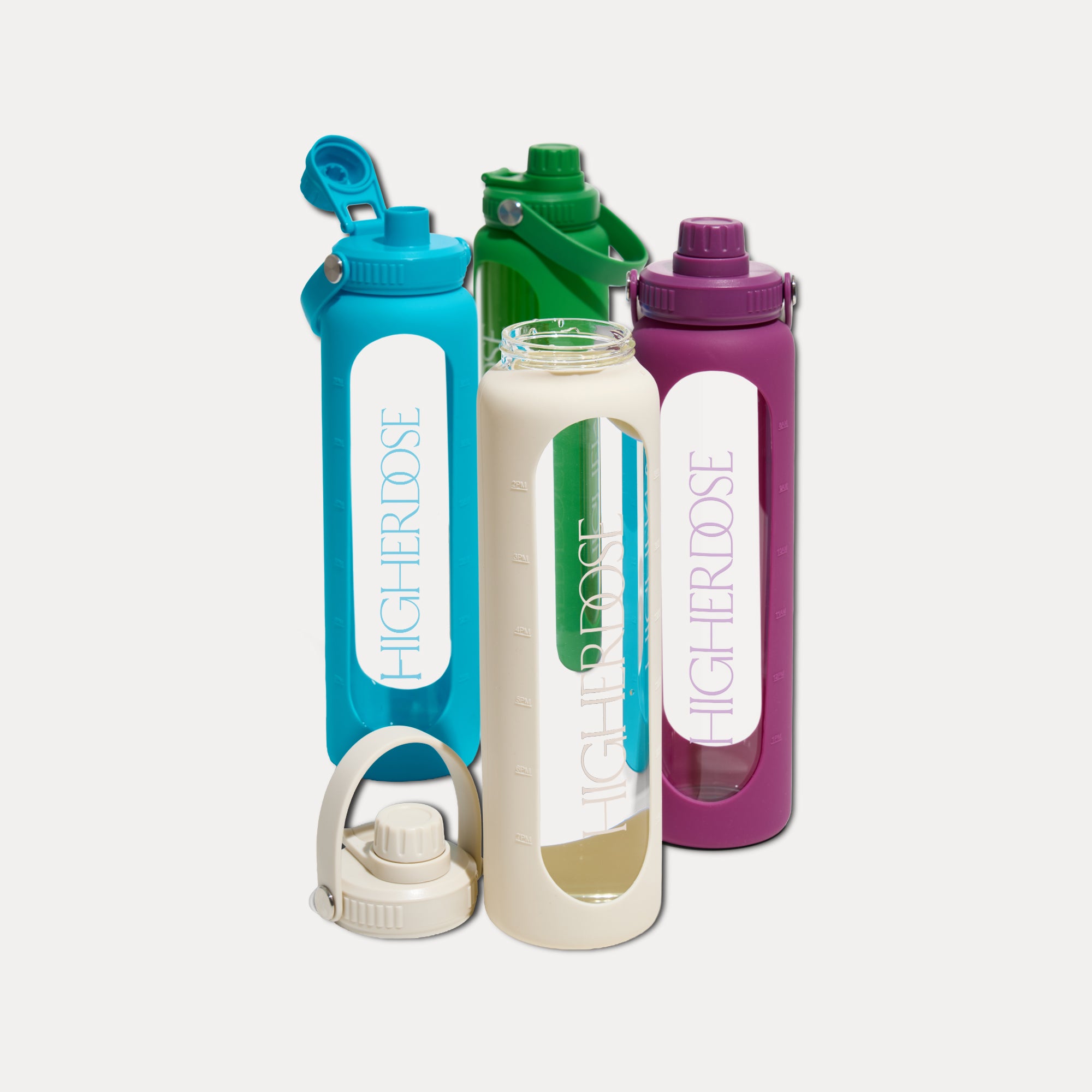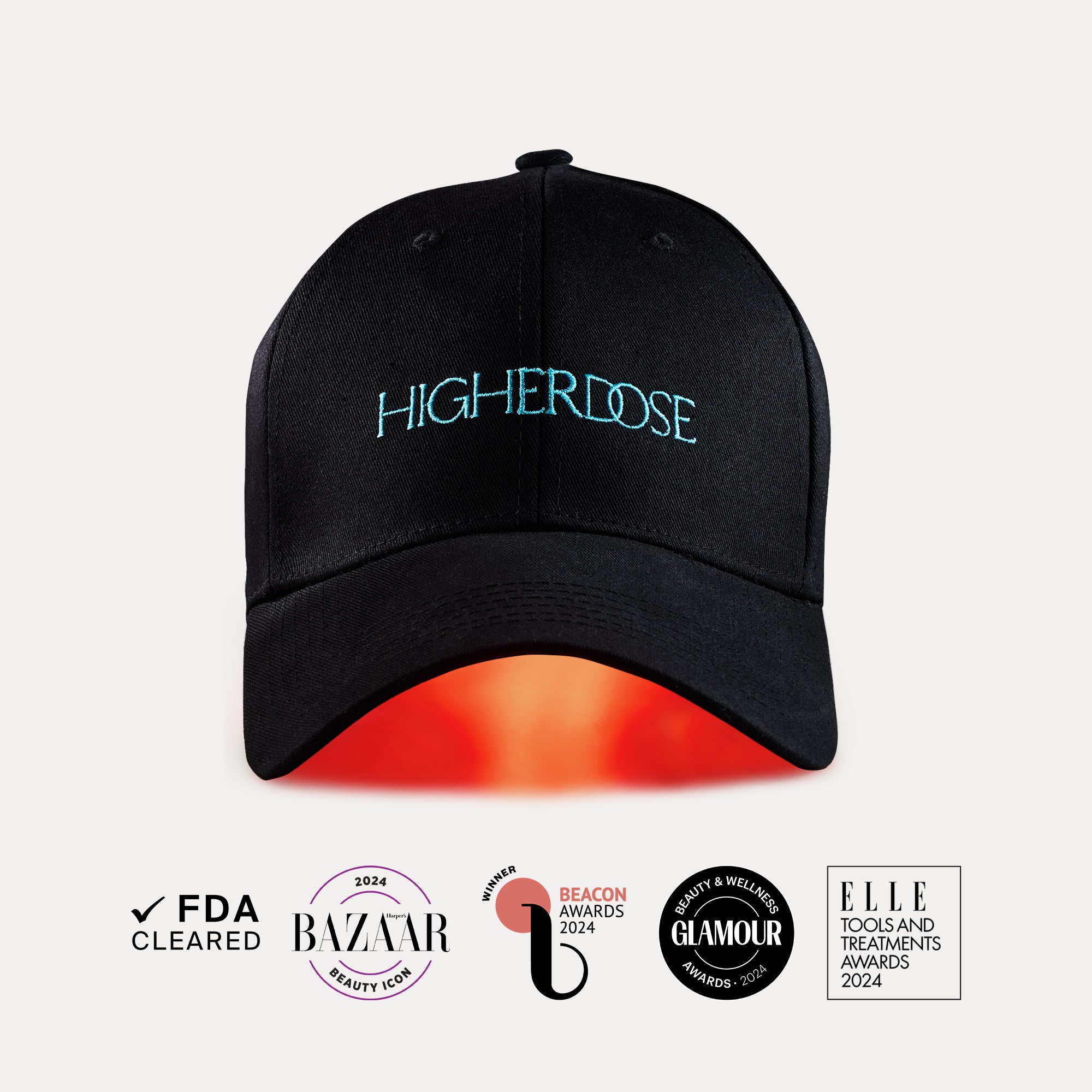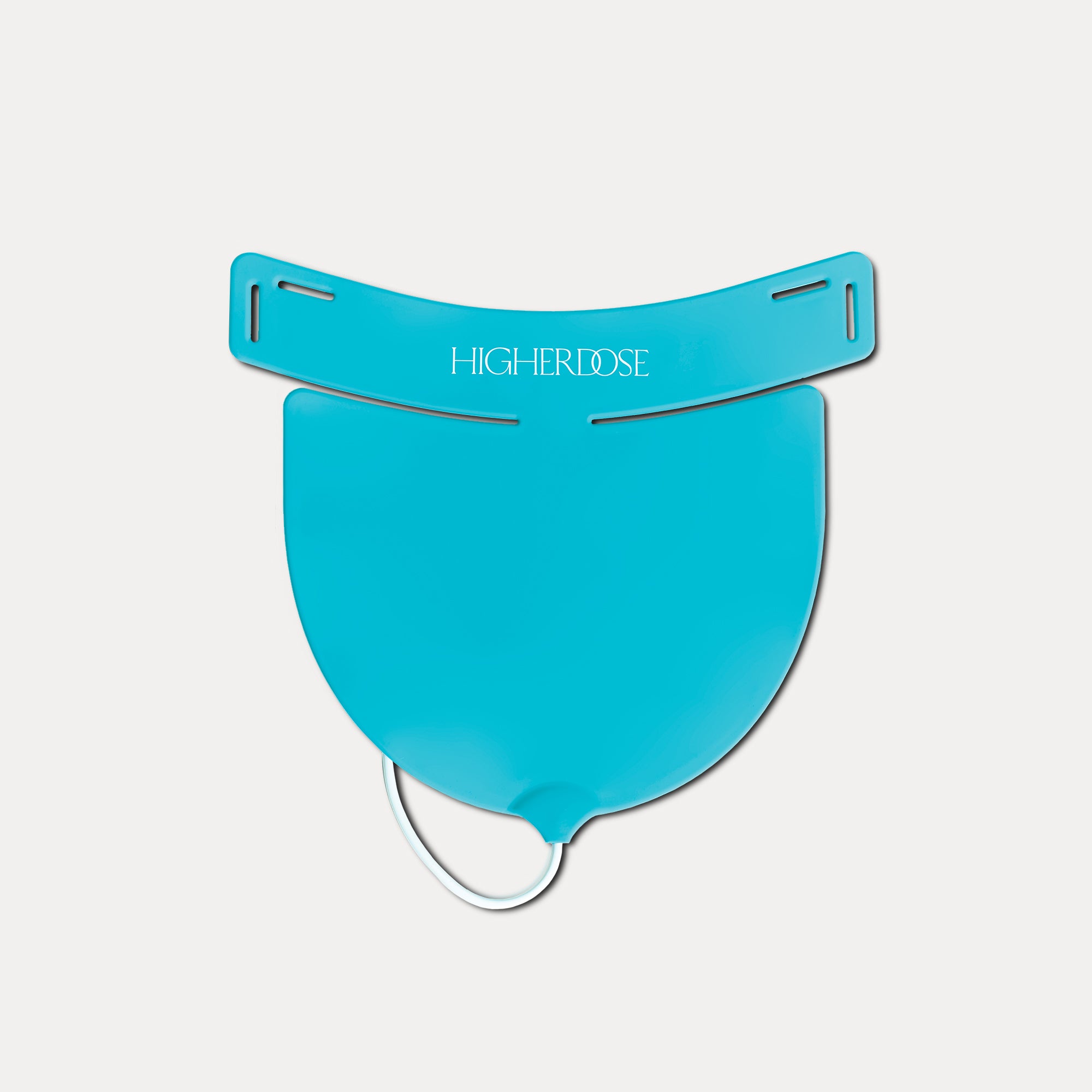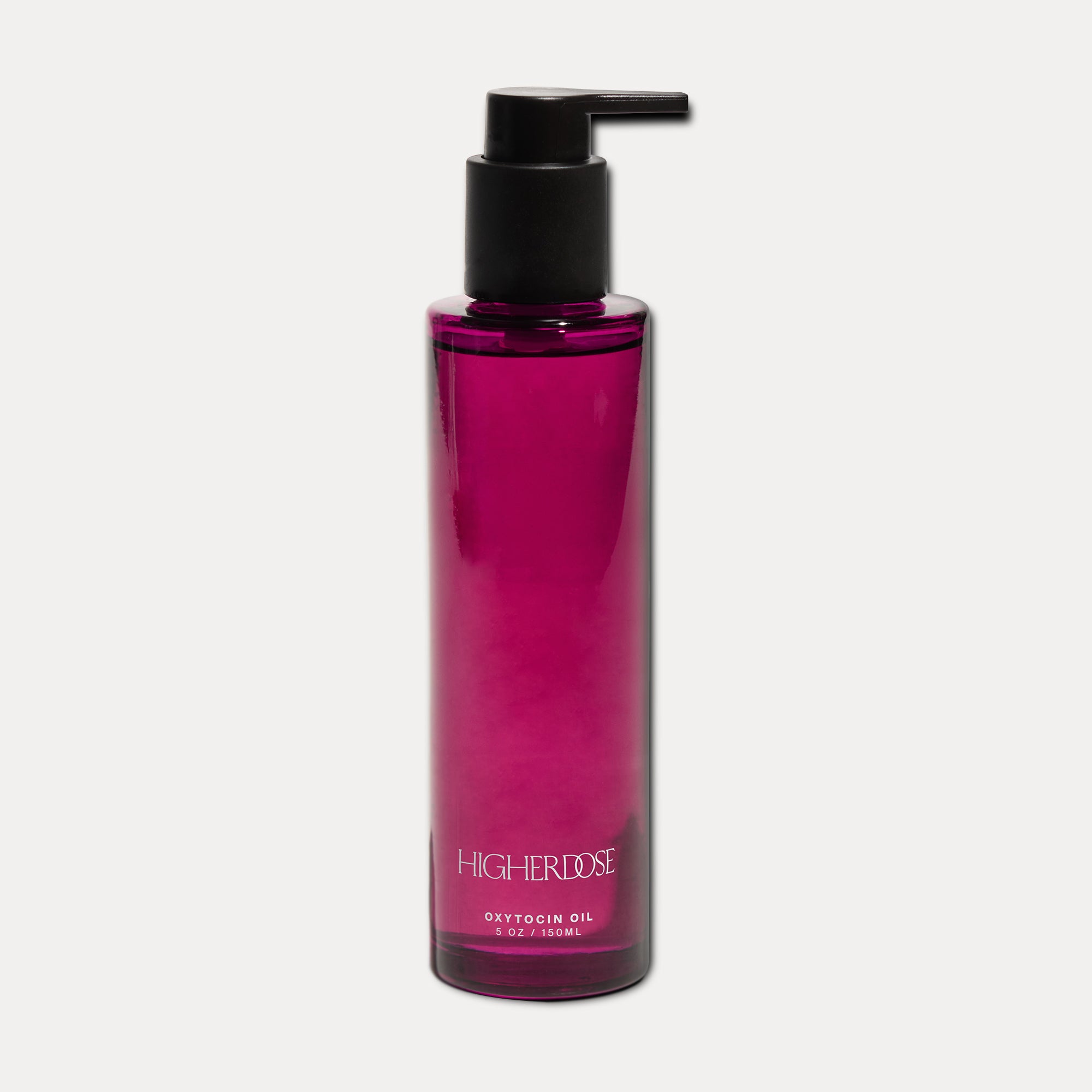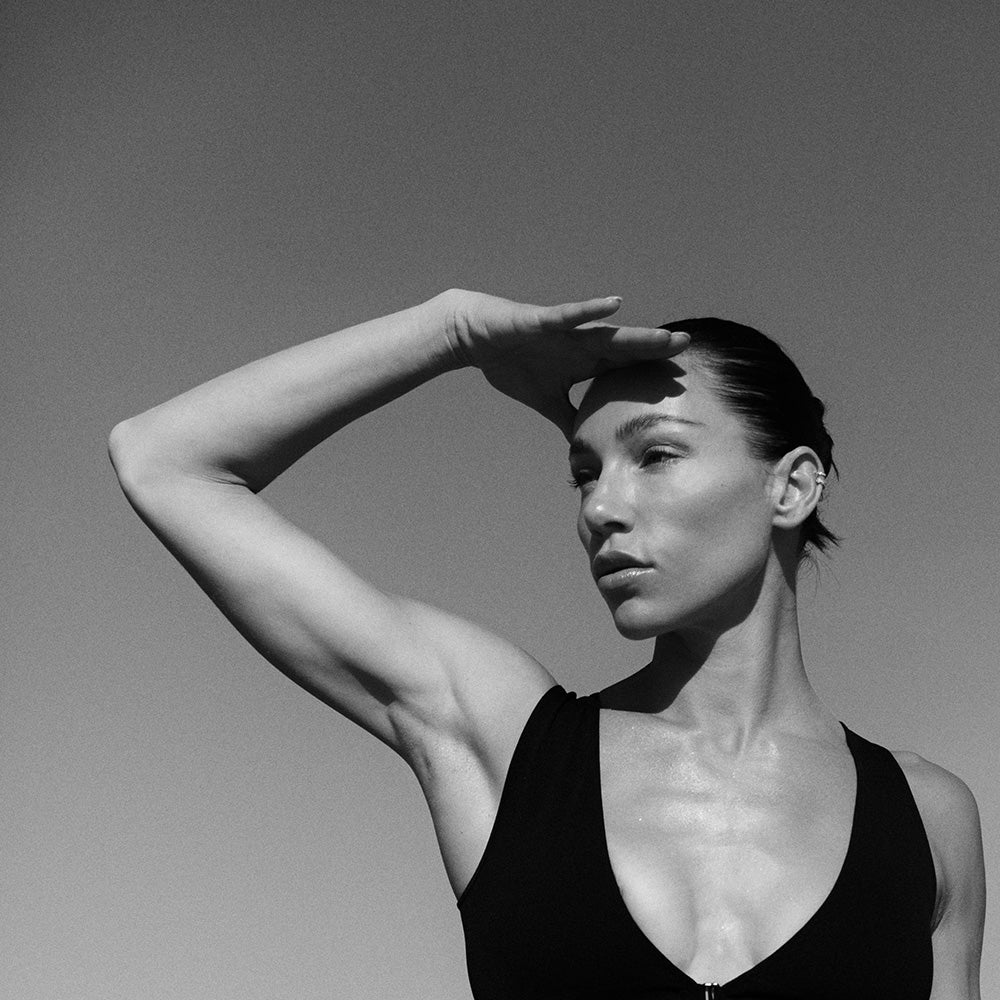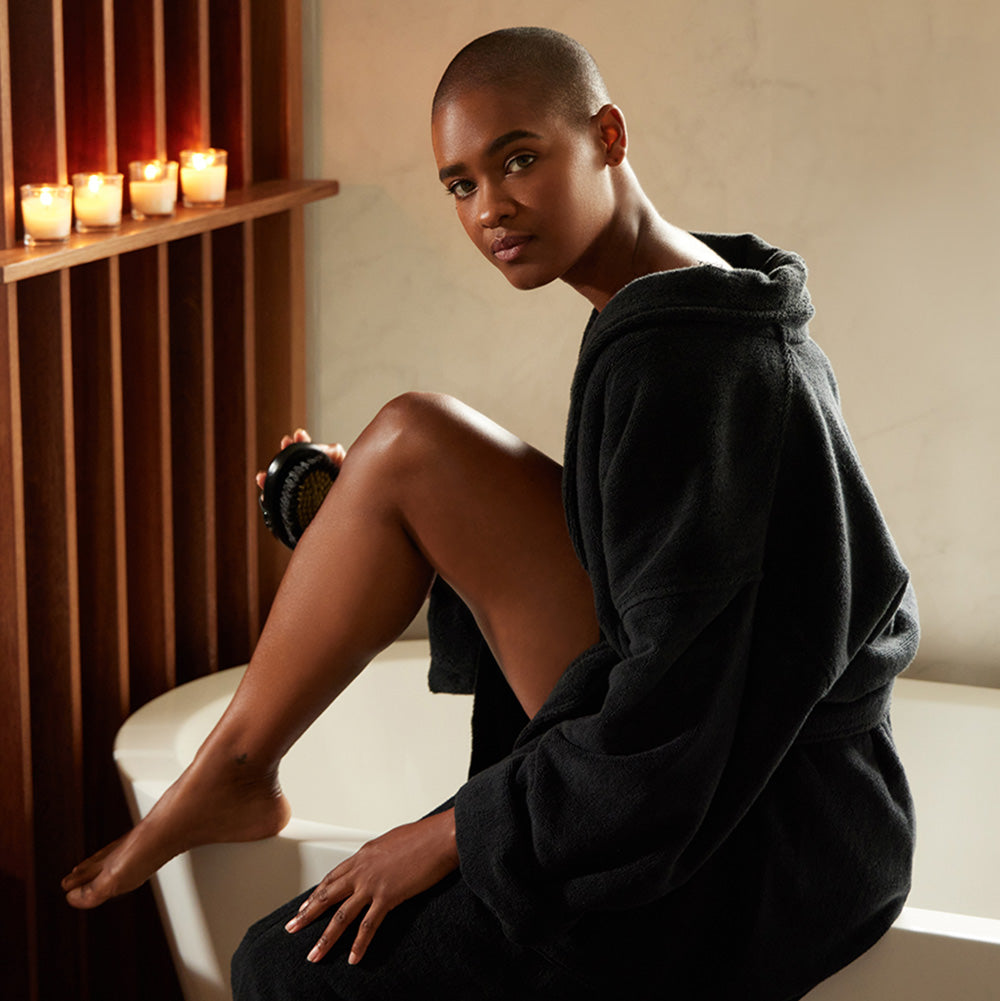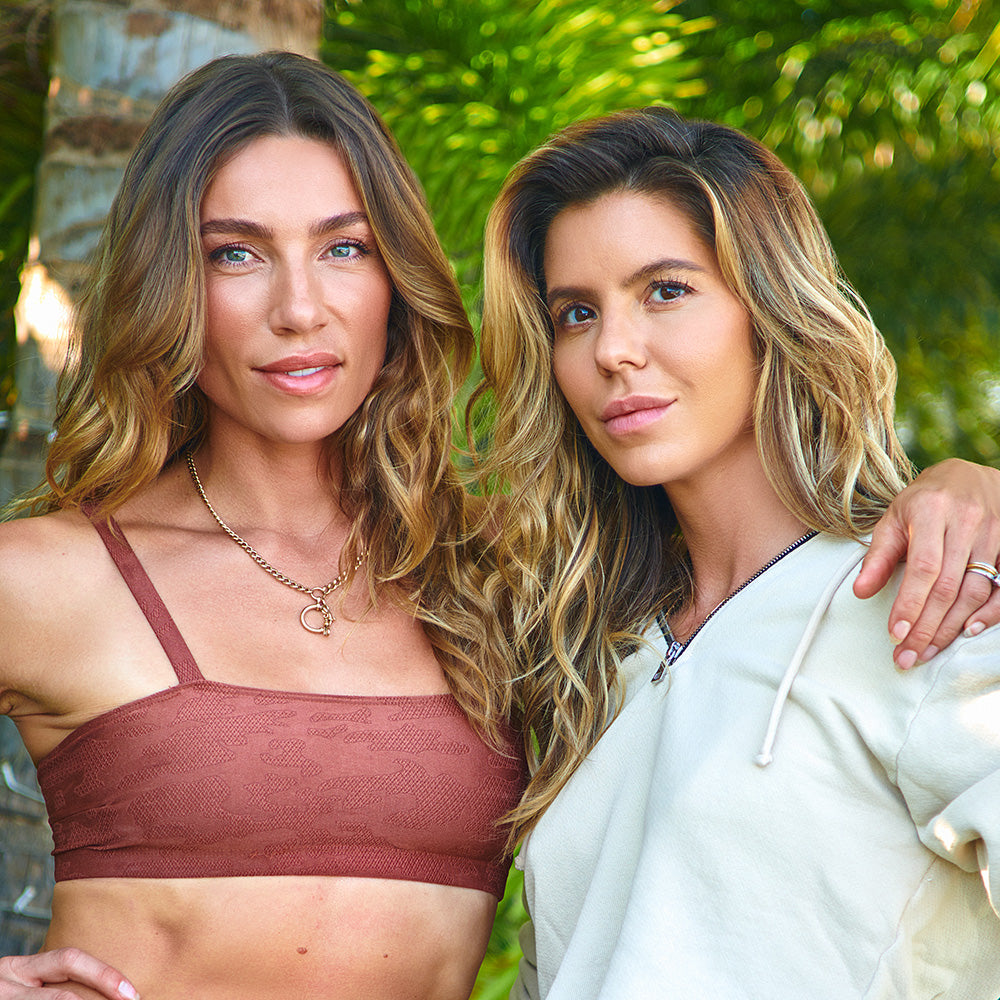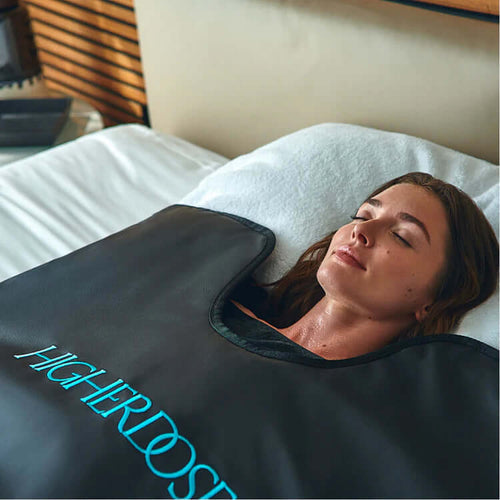
Mold Detoxification with Infrared Sauna
In an episode of the cult classic crime series Forensic Files, a family was experiencing serious health problems. The son developed respiratory diseases, the father showed signs of Alzheimer's disease, while the mother had unusual symptoms. Unfortunately, the doctors couldn't tell what was wrong until a chance counter with the owner of an indoor air quality company led them to the culprit. It was Stachybotrys一a poisonous type of black mold. Because of prolonged exposure, some of their health conditions became permanent even after they moved out of the property.
This is a clear example of the dangers that mold exposure can bring about. Although not all mold-related cases are toxic—some are fever-like symptoms that aren't serious—certain allergic conditions can be more severe.
Thus, molds, those harmless-looking dust-like specks you may find on walls, ceiling tiles, or upholstery, are no trifling matter. In this article, we'll talk about mold toxicity and how infrared sauna mold detox can be a powerful means to deal with it.
How does mold toxicity happen?
Naturally, one will have to be exposed to molds for mold toxicity to occur. But how does that exposure happen?
For mold to exist, it needs to have cellulose, a typical component in most building materials that serves as a common food source for these unwanted growths. Then there also has to be oxygen and the appropriate temperature. All these conditions are fairly typical of our surroundings, meaning molds can be everywhere. This generally isn't a problem as long as the mold's reproducing cells called spores don't multiply.
However, molds can flourish if water is also present where it shouldn't be. So molds can grow in places with a lot of moisture, like walls, ceilings, pipes, roofs, and windows. They can even latch to the air you breathe, producing allergens and other irritants. But that's not all—some types of molds can release a deadly poison called mycotoxins. The main mechanism of mycotoxins is oxidative stress, which occurs when unstable oxygen molecules called reactive oxygen species (ROS) exceed the antioxidants that defend the body. Without any inhibitors, ROS levels can build up and lead to DNA and cellular damage.
How mold toxicity can affect your health
Different people can have different reactions to mold exposure. Even the response time can vary. There isn't a definite formula, but your reaction may depend on the robustness of your immune system, if you have a family history of allergies, the length of exposure, and the amount and type of mold you were exposed to. Some kinds of molds are harmless, but if you're exposed to toxic ones, such as those that have mycotoxins, it's a different story. Though they have names that can sound like stars and constellations, like Bipolaris, Fusarium, and Penicillium, their effects are far from heavenly, producing allergy-like symptoms such as:
- Eye irritation
- Coughing
- Sneezing
- Chronic headaches
- Eye irritation
- Itchy and sore throat
- Skin rashes
- Wheezing
Mold exposure can even complicate or induce illnesses or infections such as hay fever, asthma, lung inflammation, allergic fungal sinusitis, and bronchitis. Other toxic molds can compromise weak immune systems for those already suffering from tuberculosis, autoimmune diseases, liver and pulmonary infections, and many other health problems. Some can have more pernicious consequences, like Stachybotrys, which makes lungs bleed, and Chaetomium, which causes severe neurological damage.

Common ways to prevent mold toxicity
If molds are everywhere and their effects can be anything from mild to devastating, where do we run to? Or better yet, how do we protect ourselves?
Moisture is the numero uno "enabler" of molds. Manage humidity, and you're able to keep your moldy issues under control. However, there are many potentially damp areas in the home that need to be checked regularly. The good news is that you don't have to wing this alone. There are indoor air professionals who can help you do the job. You may opt to take the DIY route or hire indoor air quality experts to spot and keep mold contamination under control. However you choose to go about it, here are some practical tips that may help you ward off mold infestation:
1. Keep your indoor humidity below 50 with a dehumidifier.
2. Clean and dry out areas where moisture easily builds up, like basements and bathrooms.
3. Fix any water leaks immediately ( and check if your home insurance can cover the costs).
4. Open windows whenever possible to allow the air to circulate properly.
5. Air out drawers and other rarely used closets and containers often.
6. If your home has a low risk for mold contamination, get your house professionally tested for molds at least once a year. But you'll need more frequent testing if:
- You live in an older house, which is more likely to have potential water damage than a newer build.
- You're in a location with a humid climate.
- Your home has had water damage.
- Your home has poor ventilation.
7. After washing, ensure your clothes are thoroughly dry before storing them.
8. Do away with carpets if you can.
9. You can clean small areas of molds on hard surfaces with an anti-mold detergent or heavily-diluted bleach solution. Allow these to dry completely. If the surfaces are more porous and more difficult to reach and clean, either you seek a cleaning expert or dispose of the items entirely. Just make sure that in either case, you're well-covered with a protective mask and goggles, non-porous gloves, and rubber boots.
10. Don't go "into battle" with large areas. Instead, entrust the job to a trusted contractor with solid experience in mold removal.
How to treat mold toxicity
What if you're already sick? If you suspect that you're suffering from a mold-induced infection or illness, readily see your physician. Depending on your symptoms and the severity of your condition, they may recommend the usual treatments of nasal sprays, antihistamines, decongestants, oral and topical antifungals, and allergy shots.
However, studies show that the use of antibiotics and steroids can make an individual more susceptible to fungal diseases. Further research also indicates that topicals have limited effect on mold-aggravated chronic sinusitis, while oral antifungals can have significant side effects.

Infrared sauna mold detox: Next-level detoxification
There is, however, a more natural and powerful way of getting rid of molds in your system: infrared light technology. This cutting-edge therapy is already popular in medical circles to treat many health issues, such as injuries, muscle pain, wounds, ulcers, depression, skin disorders, and many more. One innovative application is infrared sauna mold detox. But let's first talk about how using a sauna can be beneficial for mold detox.
The findings of Dr. Stephen Genuis, a clinician and researcher at the University of Alberta who has devoted himself to blood, urine, and sweat (BUS) studies, bolster the anti-toxin benefits of saunas. In his experiments, he discovered that along with perspiration, a number of toxins were flushed out, such as bisphenol A (or BPA), phthalates, heavy metals, and ochratoxin, a type of mycotoxin. Although more extensive studies have to be conducted, the unloading of toxins through induced sweating is likely to lessen the overall toxin load in the body. As a result, sauna treatments can help support the recovery of patients with toxin exposure from water-damaged buildings. But if any sauna will do is to produce sweat, why go specifically for infrared sauna mold detox?
Infrared sauna mold detox taps infrared light technology to purify the body from the speckled menace of molds. Infrared light mimics the powerful healing capabilities of the sun to deliver restorative heat to the body.
While the warmed air in traditional saunas can induce sweat, the long, low-level electromagnetic waves of infrared heat can penetrate more deeply at the cellular and tissue levels. As a result, even at low temperatures that are comfortable and relaxing, infrared sauna users are already able to sweat vigorously compared to those in regular saunas. And because you can perspire profusely without having to ramp up the thermostat, far-infrared sauna mold detox has a gentler impact on the heart rate and blood vessels, in contrast to the more cardiovascularly-demanding traditional saunas.
Near-infrared light also helps power up the mitochondria, the powerhouses of cells, which then generate chemical energy for cell repair and rejuvenation. Thus, infrared sauna mold detox can also effectively heal the body from oxidative stress and inflammation, such as those triggered by mycotoxins.
Detoxifying on a deeper plane
For the safest and most effective infrared sauna mold detox, trust only the experts in all things infrared. Enjoy wellness on the go with the HigherDOSE Infrared Sauna Blanket, with far-infrared heat that promotes next-level detoxification as it boosts your energy. You can also choose to step into your own healing oasis with the HigherDOSE Full Spectrum Infrared Sauna. In addition to far-infrared energy, its near-infrared heat penetrates deeply to increase the body's core temperature to intensify sweating and flush out mold-induced toxins.
Ready to go down even further? Amplify your sweat sessions with Detox Drops, a nutritionally dense elixir designed for the ultimate natural detox experience. Packed with magnesium, marine algae minerals, and chlorophyllin, Detox Drops will bind and draw out toxins in the body as you sweat, enabling deep cleansing like no other.
So, for next-level mold detox, scoot over to HigherDOSE and check out the hottest, at-home infrared wellness technologies and ingestibles. Or book a session at our Infrared Sauna NY Centers in Soho or Williamsburg to get the full-on detox pampering you deserve.
